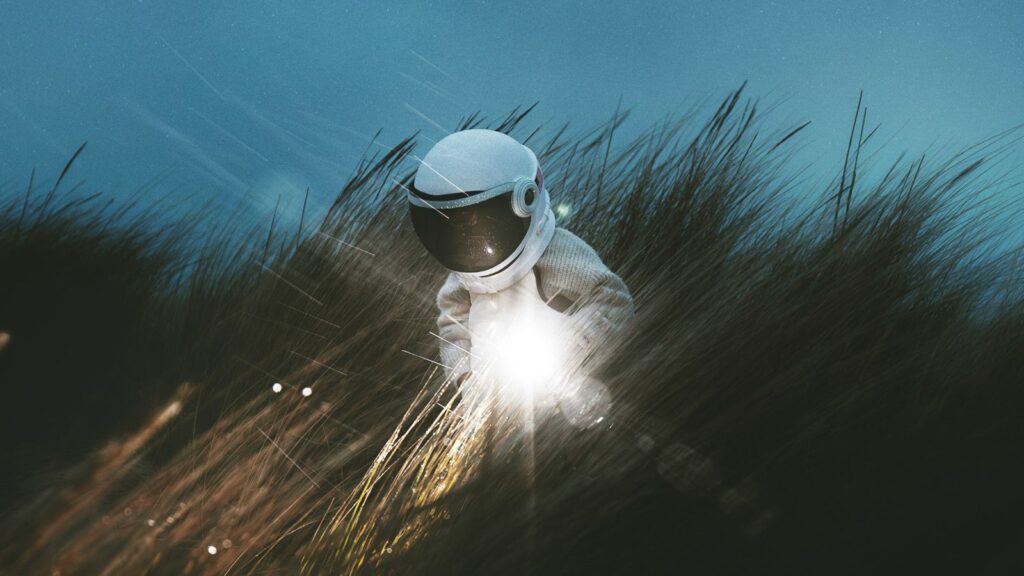Dreaming is scientifically thought to occur when Alpha brain waves are dominant and the brain enters a deep state of relaxation or meditative rest. In the early 1960's the Parisian artist Brion Gysin, with the help of his friend the mathematician Ian Sommerville, invented a type of stroboscopic machine, popularly known as the Dreamachine. Designed to be viewed with the eyes closed, it sends pulses of light into the brain that match the rhythm of alpha wave cycles, at a rate between 8-13 hertz, which is about 78 RPM on a turntable.
The device was created partly based on British neuroscientist W. Gray Walter's earlier investigations into what he termed the “flicker phenomenon”. In his experiments Walter found that pulses of light could induce trance states and alter brain wave activity. Although Joseph Plateau of Belgium is credited with the invention of the stroboscope in 1832, ancient scientists may also have investigated this strobing phenomenon, such as the Greek astronomer Ptolemy. Modern, mass-produced versions of the device are personalized and high-tech, designed to be used in the home, featuring goggles, LED displays, digital sound, and programmable controls to customize the experience. The electroencephalogram, a medical instrument that reads alpha waves by emitting beams of light, is similar to the Dreamachine. These devices may also be used in other contexts, such as when the psychedelic rock band The Mars Volta has been known to use their own version of the Dreamachine during their live shows, which is placed behind the drummer.
The reported effects of Gysin's brain machines are somewhat astounding, including visual sensations that are something like complex multi-layered geometries of patterns, vivid and otherworldly colors, and dream-like holographic imagery all moving in a rhythmic pulse. Fans of psychotropic drugs may notice how similar these descriptions are to what people experience during a trip. Fans of lucid dreaming may notice how similar these effects are to some of the unusual physical and mental states that accompany lucid dreaming. After using a dream machine, participants often feel relaxed and energized as if they had just come out of a meditation. Machines of this type have sometimes been used for therapy, and are often used in conjunction with ambient music or biurnal beats, meditative breathing exercises, and other methods of self-hypnosis. Use of a dream machine is safe for most people, except people with epilepsy who may be sensitive to flashes of light.
The Beat writer William S. Burroughs, who was a friend of Gysin and frequently experimented with the Dreamachine, wrote: “Subjects report dazzling lights of unearthly brilliance and color. . . elaborate geometric constructions of incredible intricacy build up from multidimensional mosaic into living fireballs like the Mandalas of Eastern mysticism or resolve momentarily into apparently individual images and powerfully dramatic scenes like brightly colored dreams."
A low-tech version of the dream machine can be made with a turntable, some opaque cardboard which is fashioned into a rotating cylinder, some glue, and scissors, and a light bulb. Details for building this version are here.
Make magazine recently posted a video podcast where Mitch Altman and Bre Pettis show you how to make a brain machine based on Altman's idea using microcontrollers and open source software.
Or, for those not into the DIY thing, you can buy one of the machines currently on the market at the following websites.
http://www.mindmodulations.com/products.html
Tristan Gulliford is a writer, dreamer, and aspiring myth-keeper who makes electronic music under the name "Dreamcode". He is currently attending the University of Colorado at Boulder.















